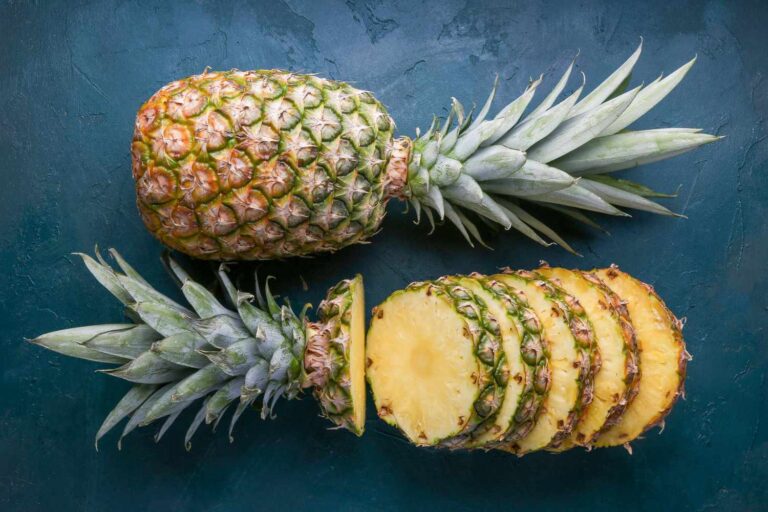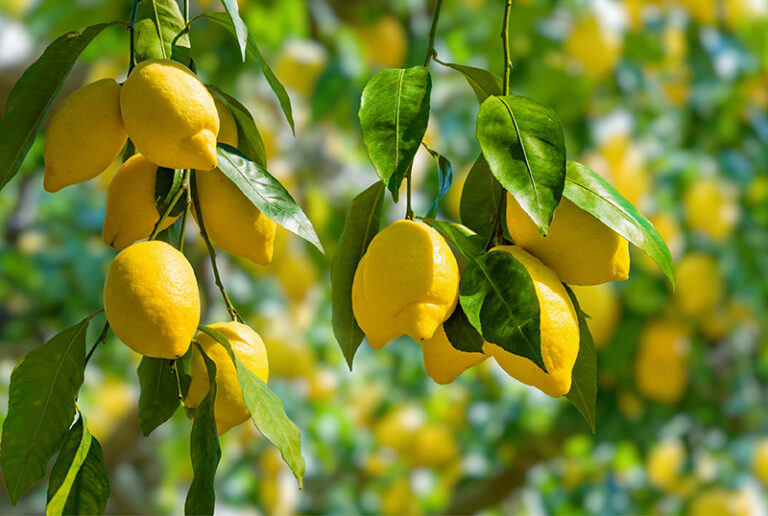When you slice into a fresh pineapple, that tough, spiky skin probably goes straight into the trash. But what if I told you that pineapple peels contain even more nutritional benefits than the sweet fruit inside? This often-discarded part of the pineapple is actually a powerhouse of enzymes, antioxidants, and health-boosting compounds that deserve a second look.
The Science Behind Pineapple Skin’s Benefits
Pineapple skins contain higher concentrations of bromelain than the fruit flesh. Bromelain is a powerful proteolytic enzyme that aids digestion, reduces inflammation, and may even help with wound healing. Research shows this enzyme can break down proteins more effectively than many commercial meat tenderizers.
But bromelain isn’t the only valuable compound hiding in those rough exteriors. The skins are also packed with:
- Dietary fiber that supports gut health
- Manganese for bone strength
- Vitamin C for immune function
- Antioxidants that combat oxidative stress
Unlike many fruits where the skin is thin and delicate, pineapple’s thick rind acts as a protective barrier, concentrating these beneficial compounds. This makes the peel potentially more medicinally valuable than the fruit we typically eat.
Traditional Uses Across Cultures
Various cultures have utilized pineapple skins for generations. In Mexico, the fermented drink tepache uses the peels as its base, creating a probiotic-rich beverage. Traditional Chinese medicine incorporates dried pineapple skin in digestive remedies. Caribbean folk medicine uses peel infusions to reduce inflammation.
Modern science is now validating what these traditions have known for centuries. Studies confirm pineapple peel extracts demonstrate:
- Anti-inflammatory properties comparable to some NSAIDs
- Antimicrobial effects against certain pathogens
- Potential to support cardiovascular health
- Possible anti-cancer properties in preliminary research
How to Safely Prepare and Consume Pineapple Skins
Before you start eating pineapple rinds, proper preparation is crucial. The skin’s tough texture and potential pesticide residue require careful handling:
- Selection: Choose organic pineapples when possible to avoid chemical residues that concentrate in the peel.
- Cleaning: Scrub thoroughly under running water using a vegetable brush to remove dirt and surface contaminants.
- Processing: Remove any remaining “eyes” or brown spots with a paring knife. The inner white portion is most edible.
- Preparation Methods:
- Boiling: Simmer for 20-30 minutes to soften and extract nutrients
- Blending: Puree with other ingredients for smoothies
- Drying: Dehydrate for teas or powder
- Fermenting: Create traditional beverages
Delicious and Practical Uses for Pineapple Skins
Beyond health remedies, pineapple peels offer surprising culinary potential:
1. Digestive Aid Tea
Simmer clean peels in water with ginger for 20 minutes. The resulting infusion can help relieve bloating and indigestion. The natural enzymes assist in breaking down proteins while the warm liquid soothes the digestive tract.
2. Tropical Vinegar
Ferment peels in sugar water for several weeks to create a fruity vinegar perfect for dressings or marinades. This process preserves the beneficial compounds while developing complex flavors.
3. Natural Meat Tenderizer
Puree fresh peels into a paste and rub onto tough cuts of meat before cooking. The bromelain breaks down muscle fibers, resulting in more tender results without chemical additives.
4. Skin-Brightening Treatment
The mild acidity and enzymes make pineapple peels ideal for skincare. Create a gentle exfoliant by blending with oatmeal and honey, or use the cooled tea as a toning rinse.
Important Safety Considerations
While generally safe, pineapple skins require some precautions:
- The high bromelain content may cause mouth irritation in sensitive individuals
- Those on blood thinners or antibiotics should consult a doctor first
- Start with small amounts to assess tolerance
- Never consume moldy or spoiled peels
- Always wash thoroughly to remove potential contaminants
Sustainable Benefits of Using the Whole Fruit
Incorporating pineapple skins into your routine isn’t just good for your health—it’s good for the planet. Food waste contributes significantly to greenhouse gas emissions. By utilizing the entire pineapple, you:
- Reduce household food waste
- Maximize nutritional value from each fruit
- Decrease reliance on processed alternatives
- Support more sustainable consumption habits
Final Thoughts: A Zero-Waste Superfood
Next time you enjoy a fresh pineapple, consider giving the skin a second life. Whether brewed into tea, blended into smoothies, or transformed into natural remedies, this often-discarded part of the fruit offers impressive health benefits and practical uses. With proper preparation, pineapple skins can become a valuable addition to your wellness routine and a step toward more sustainable living.

